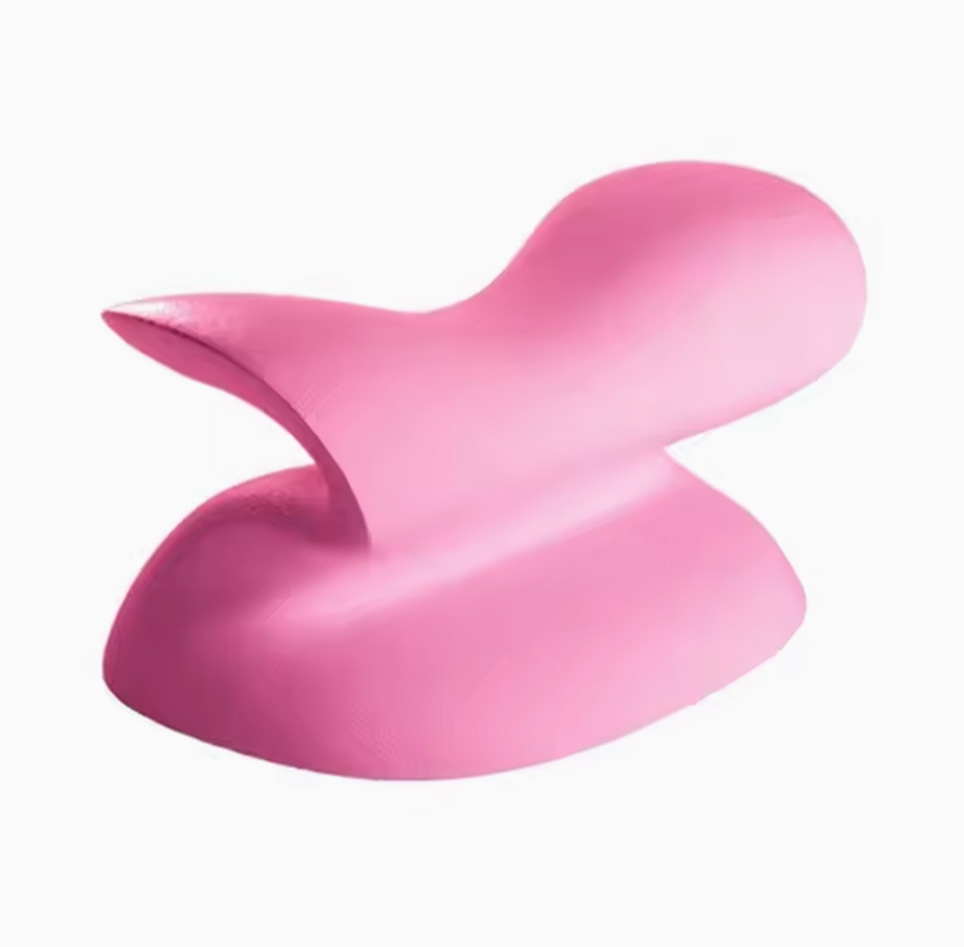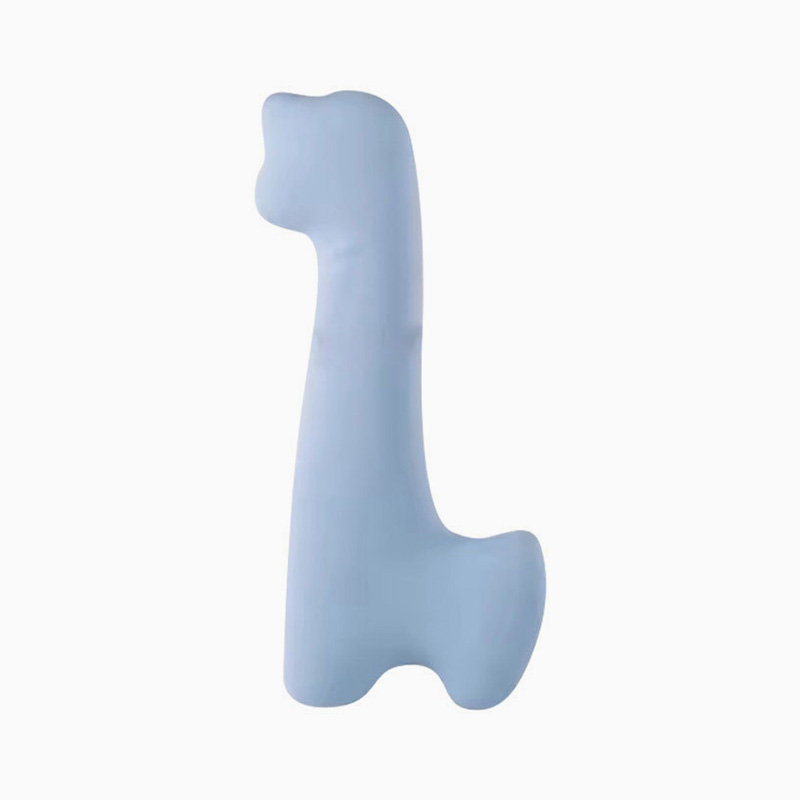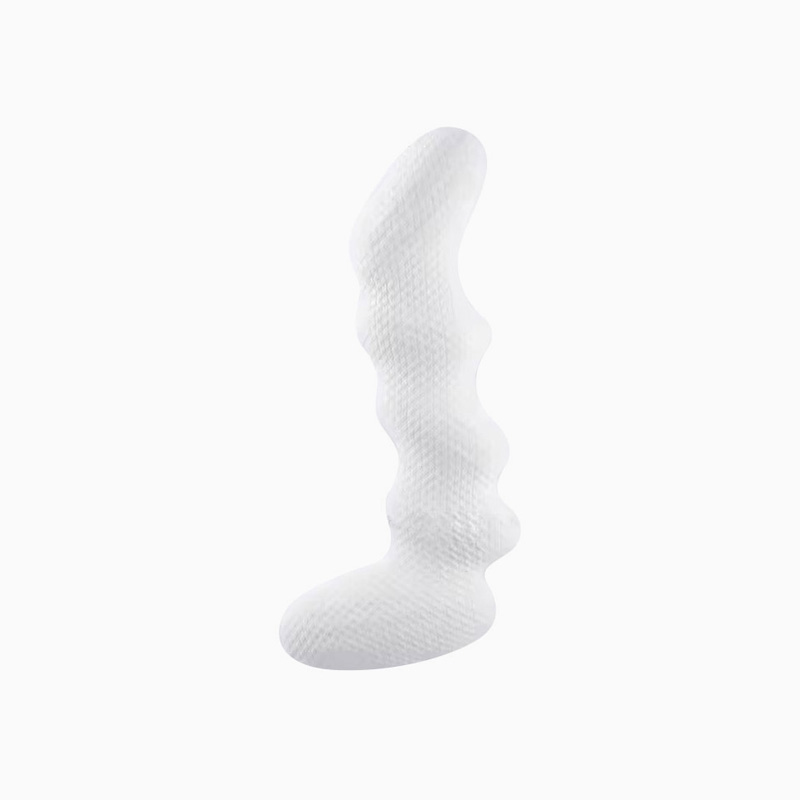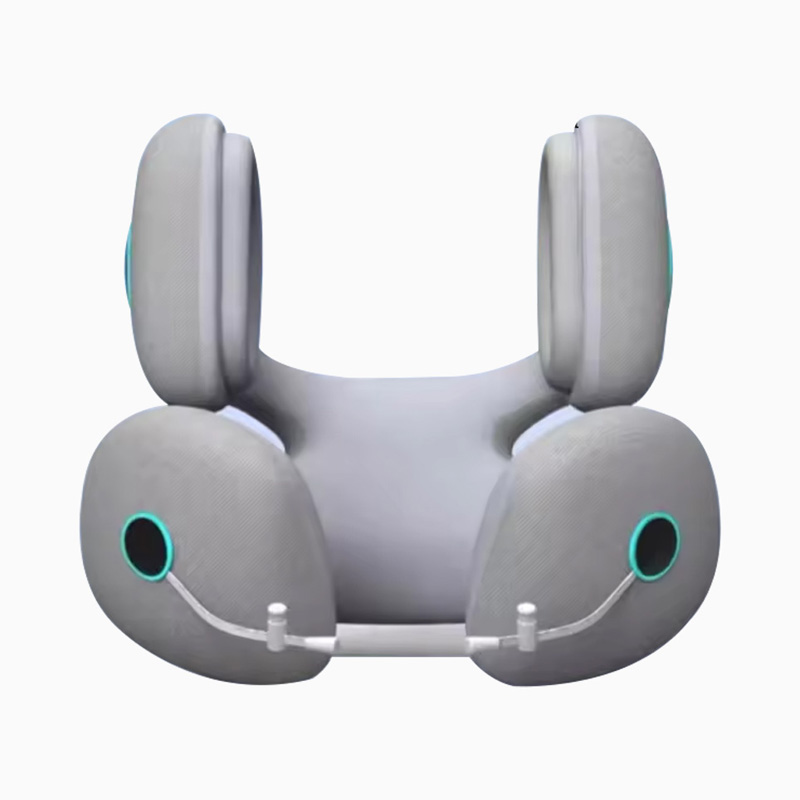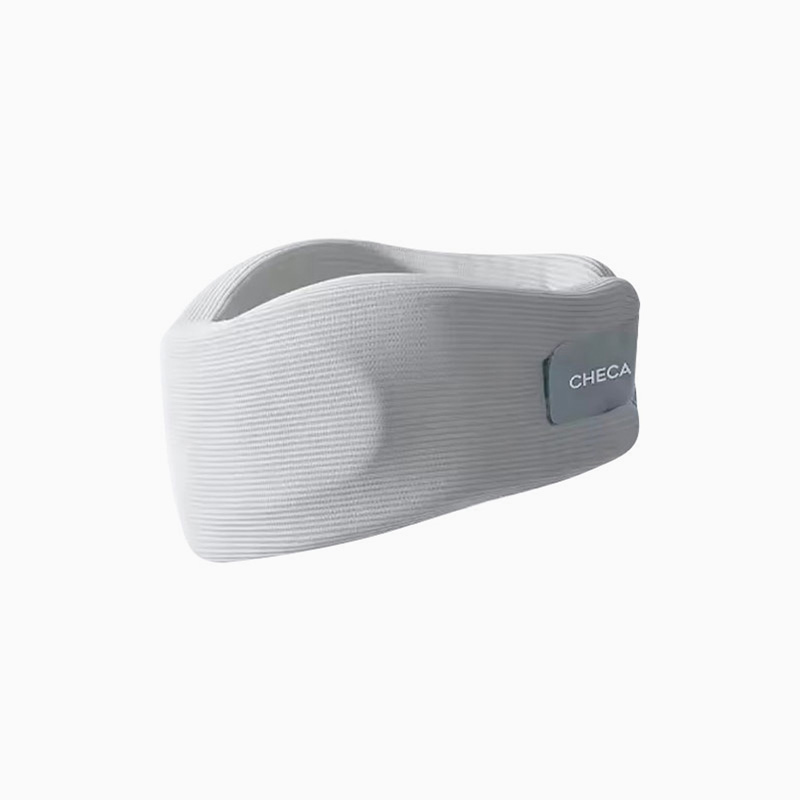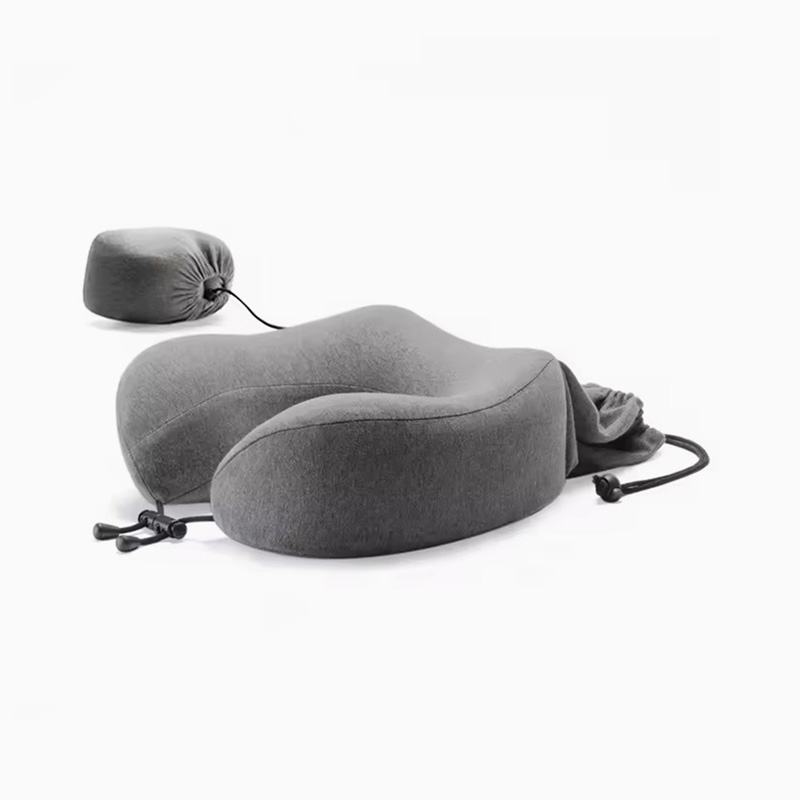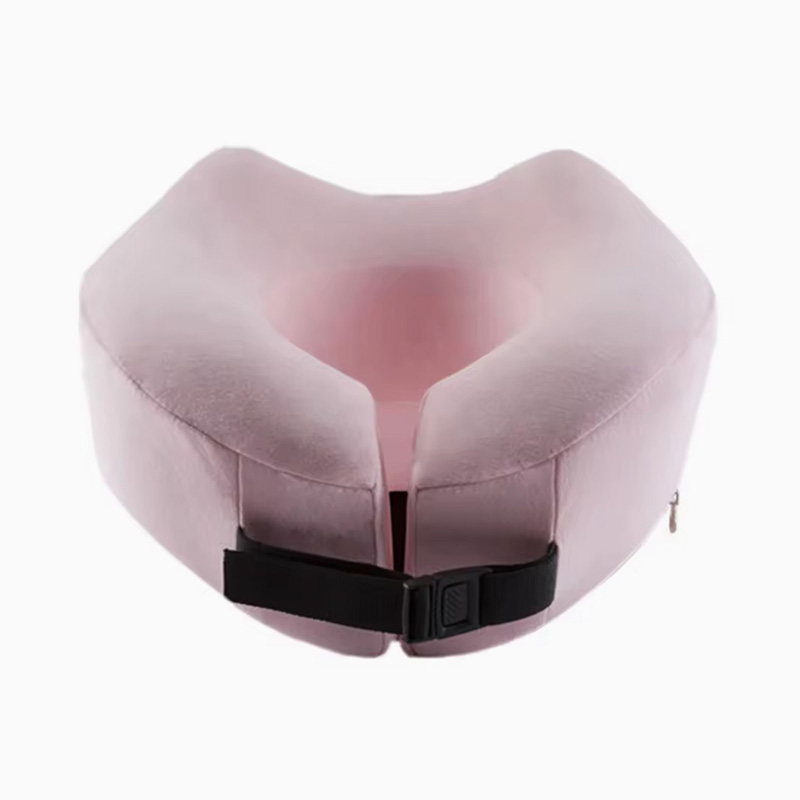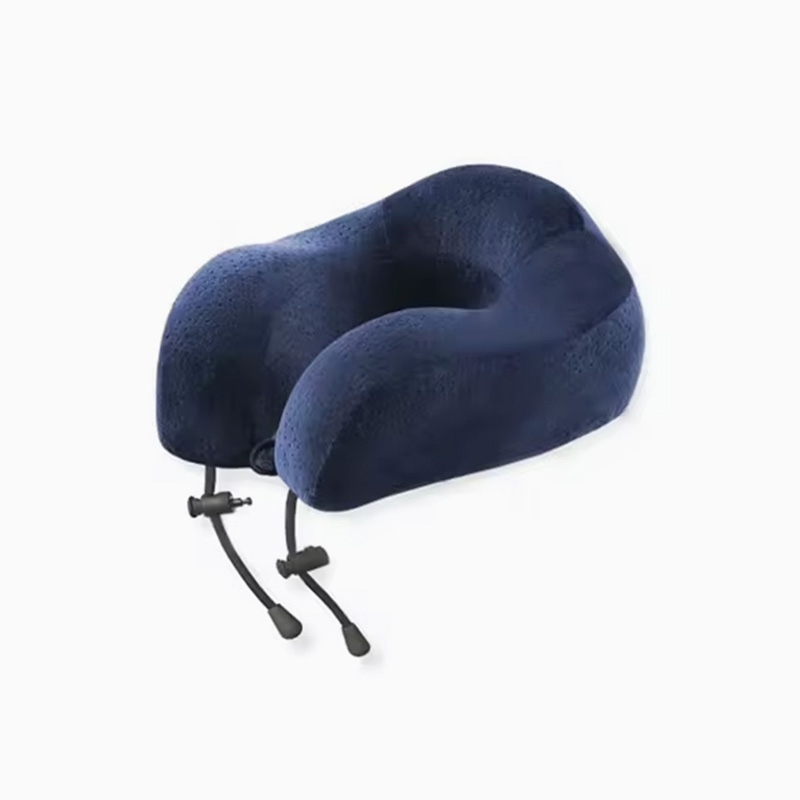What are the advantages and disadvantages of memory foam seat cushion compared with traditional gel cushion and latex cushion
In modern life, whether you're working for long hours, driving, or relaxing at home, a high-quality seat cushion can significantly enhance comfort. The main seat cushion materials on the market include memory foam, gel, and latex. Each material has its own unique characteristics, and understanding their specific properties can help you make a more informed choice.
Memory foam, also known as polyurethane slow-rebound foam, has a core advantage in its unique viscoelasticity. This material is sensitive to temperature and pressure, precisely shaping to the user's body temperature and weight.
Benefits:
Excellent pressure distribution: This is Memory Foam's biggest selling point. It evenly distributes pressure across the body, effectively reducing high-pressure points on the coccyx, ischial tuberosity, and buttocks, significantly alleviating discomfort from prolonged sitting. This is especially important for those suffering from coccyx pain, sciatica, or those recovering from surgery.
Excellent Support: Thanks to its slow rebound properties, Memory Foam provides continuous and stable support after being shaped, unlike regular foam. This property ensures long-lasting support, helps maintain correct sitting posture, and reduces spinal pressure.
Personalized Fit: Memory Foam can be customized to each individual's body curves, providing a unique fit. This "wrapped" feeling makes the user feel like they are sitting on a cloud, greatly enhancing comfort.
Shock Absorption and Noise Reduction: Memory Foam has excellent shock absorption properties, effectively absorbing vibrations, making it particularly suitable for car seats, reducing the bumpy feeling of long drives.
Disadvantages:
Poor Heat Dissipation: Due to its high density and compact structure, Memory Foam is generally not breathable. This can lead to heat accumulation and a feeling of stuffiness after prolonged use. Many brands address this issue by infusing the memory foam with gel particles or using a porous design.
Temperature Sensitivity: Memory Foam becomes harder and slower to rebound in cold environments, while it softens in hot environments. This characteristic may affect the user experience in extreme temperatures.
Initial Odor: Newly manufactured Memory Foam cushions often have a chemical odor known as "off-gassing." While generally harmless, it takes time for the odor to fully dissipate after airing.
Gel Cushions
The core of a gel cushion is a high-molecular polymer gel, typically embedded in the cushion in a sheet or grid-like structure, providing a unique cooling and pressure-relieving effect.
Advantages:
Excellent Heat Dissipation: Gel has a high specific heat capacity, effectively absorbing and dissipating heat, resulting in a gel cushion's typically excellent cooling effect. This is a significant advantage for users who sweat easily or work in hot environments.
Fast Pressure Relief: Gel has excellent flow properties, quickly adapting to the body's shape and providing immediate pressure relief. Its non-Newtonian properties cause its molecular structure to rearrange when pressure is applied, providing quick and even support.
Durable and Easy to Clean: Gel is inherently resistant to bacterial growth and offers excellent durability. Many gel cushions have removable and washable covers, making maintenance relatively simple.
Disadvantages:
Limited Support: Pure gel cushions, especially low-quality ones, may not offer the same stable support as memory foam or latex, leading to a "bottoming out" feeling after prolonged use. Many high-end products address this issue by combining gel with high-density foam.
Heavy Weight: Gel is typically denser than memory foam and latex, making gel cushions heavier and less portable.
High Cost: The high-quality gel material and complex production process mean gel cushions are typically more expensive than comparable memory foam or regular foam cushions.
Latex Cushions
Latex cushions are typically made from the sap of natural rubber trees, which is foamed to create a honeycomb microporous structure.
Advantages:
Natural and Eco-Friendly: Natural latex is derived from plants and is environmentally friendly, biodegradable, and non-irritating to the skin, making it suitable for people with sensitive skin.
Excellent Breathability: Latex's unique honeycomb microporous structure allows for excellent open air permeability, allowing it to quickly dissipate heat and moisture, effectively resisting moisture and mildew. This is one of the biggest advantages of latex seat cushions over memory foam.
High Resilience: Latex has extremely high resilience and quickly returns to its original shape. This "springy" quality ensures strong support and prevents collapse after prolonged sitting.
Anti-mite and Antibacterial: Natural latex protein effectively inhibits the growth of mites and bacteria, making it ideal for those with allergies.
Disadvantages:
Moderate Pressure Distribution: Compared to the precise shaping of memory foam, latex's pressure distribution is relatively weak. While it provides good support, it's not as effective as memory foam in alleviating localized high-pressure points.
Expensive: Natural latex is expensive to harvest and produce, making latex seat cushions generally the most expensive of the three.
Potential Allergy: A very small number of people are allergic to natural latex protein. While this is uncommon, it's still something to be aware of.
Easy to oxidize: Natural latex is prone to oxidation and discoloration when exposed to air and sunlight for a long time, which reduces its service life.

 English
English عربى
عربى previous post
previous post



